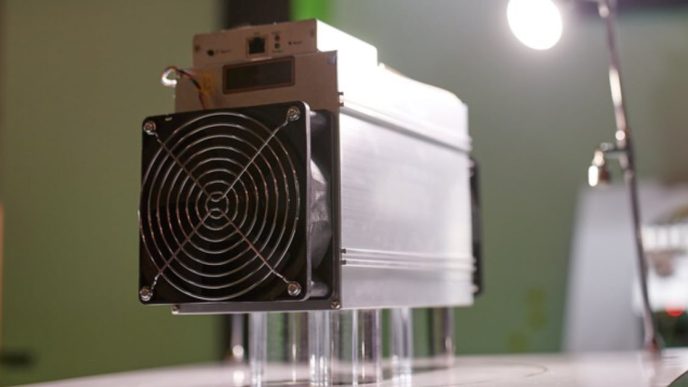A Monero committee member has refuted recent allegations based on a leaked Chainalysis presentation to the IRS that implies the privacy-focused cryptocurrency can be traced.
Monero (XMR) is the world’s most popular privacy coin and is specifically built to hide the addresses and transactions of those on its network.
Privacy coins have become popular for use cases that require a high degree of anonymity. And while there are lots of legal reasons someone may want financial anonymity, law enforcement has often associated privacy coins with ransomware payments, illegal transactions on the dark web, and money laundering.
As a result, privacy coins—an umbrella that also includes Zcash (ZEC), and Dash (DASH)—are banned in countries such as Australia, Japan, South Korea, and some parts of the UAE.
The video from Chainalysis, a blockchain analytics firm, demonstrated how it was supposedly able to trace transactions made using Monero from as far back as 2021. But for what it’s worth, Chainalysis hasn’t made any public comments on the video.
But Monero community leader Csilla Brimer told Decrypt in a statement that the firm was only able to trace transactions using XMR because it set up its own Monero nodes, which were then used to track all the IPs which connected to them.
Brimer was appointed to the MAGIC Monero Fund in 2022, a committee that decides the future technical direction of Monero.
She termed Chainalysis’s nodes as “essentially fake proxy nodes.” She then explained how the firm used the metadata harvested from the fake nodes to power its transaction tracing tool.
A Monero “node” refers to an internet-connected device that runs Monero’s software. The nodes participate in the Monero network and secure transactions by enforcing its rules.
Nodes download the entire blockchain to determine which transactions have taken place. XMR users can choose to use their own nodes hosted locally on their own devices or an external remote node—such as in the case of Chainalysis’s study.
Brimer, who also works as a blockchain consultant, feels that the incident shows that “Monero users must run their own Monero node” or use privacy-focused web browser Tor.
“Long story short, this strategy doesn’t compromise on-chain privacy for users who avoid these fake nodes or use Tor,” Brimer told Decrypt in a statement. “In essence, protecting your IP address is key, as that’s primarily what they can obtain.”
She added: “Without IP, they have nothing.”
The Monero council member pointed to a partnership between Monero and cloud-provider Umbrel, which she said can help users set up their own Monero nodes on their server or Raspberry Pi. Running a node would allow users to send and receive payments without using an external node.
This isn’t the first time in 2024 the privacy coin’s main selling point has been called into question.
A Finnish publication MTV Uutiset claimed that Finland’s National Bureau of Investigation (KRP) was able to track transactions made using XMR.
But Brimer again refuted the claims, alleging that any tracing accomplished by the Finnish Bureau of Investigation was due to lapses in users’ security hygiene when converting their Bitcoin to Monero.
Monero remains the world’s largest privacy coin at the time of writing, with a market capitalization of $3.1 billion. But its market cap has dropped 3.1% in the past 24 hours according to CoinGecko data.
Edited by Stacy Elliott.
Daily Debrief Newsletter
Start every day with the top news stories right now, plus original features, a podcast, videos and more.
Source link
Stacy Elliott
https://decrypt.co/248728/monero-expert-fact-checks-chainalysis-video-claiming-xmr-transactions-can-be-traced
2024-09-10 15:07:28














